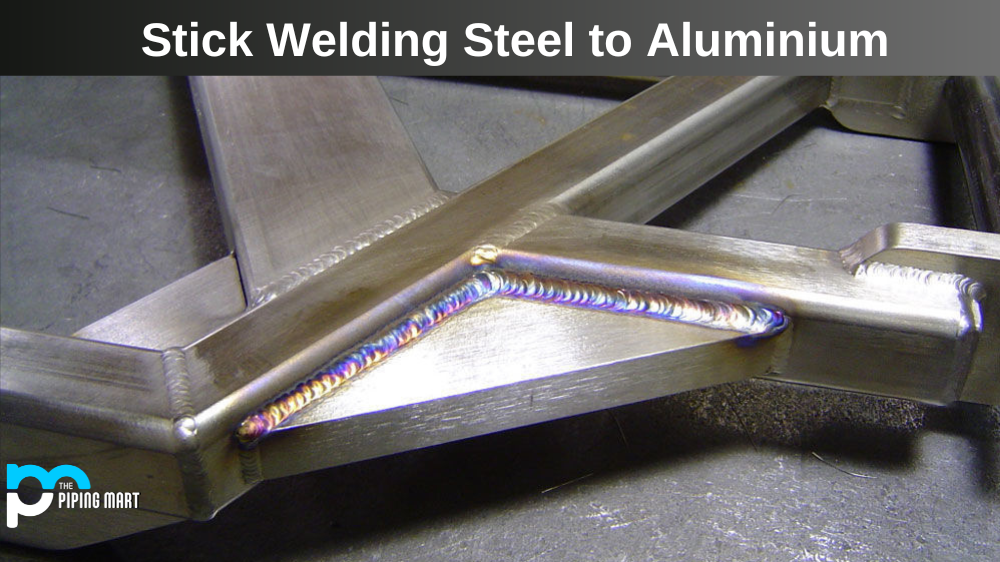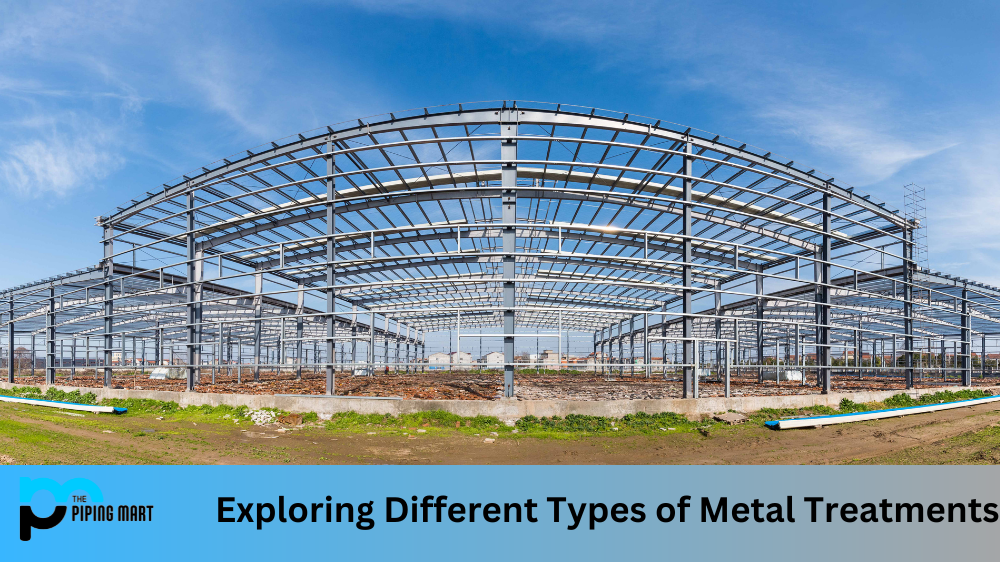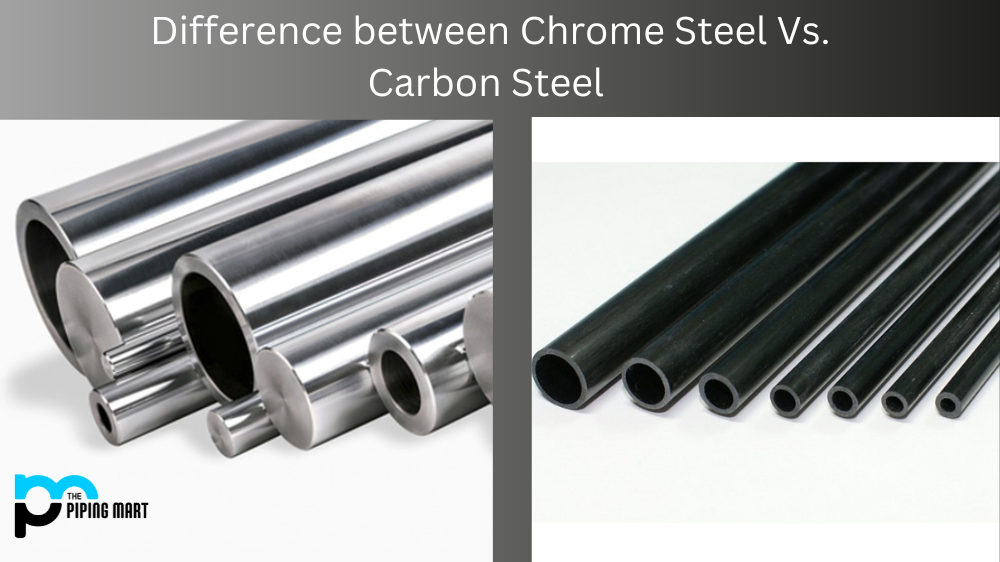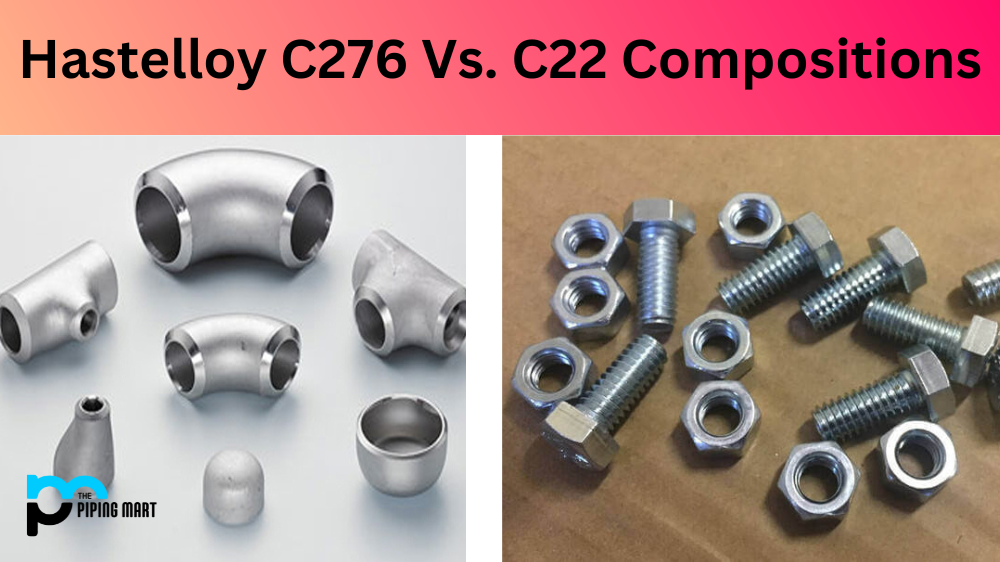Stick welding steel to aluminum is a tricky process that requires specialized knowledge and skill. It’s important to understand the unique properties of each metal to ensure a successful weld. This blog will provide tips and tricks for stick welding steel to aluminum, so you can get the job done right the first time.
Understanding the Metals
Before beginning any project involving welding two different metals together, it’s important to understand each material’s chemical and physical properties. Steel is an alloy composed of iron and carbon, while aluminium is a silvery-white metal composed of elements including oxygen, silicon, and magnesium. When heated during welding, each metal behaves differently.
Aluminium has a much lower melting point than steel (1125°C vs. 1535°C), meaning it will begin melting sooner than steel when exposed to heat. This can result in distortion or warping if not taken into account when selecting filler materials or setting power levels on your welder. Additionally, aluminum will oxidize quickly when heated, forming an oxide layer that can interfere with the weld penetration. To avoid this issue, use an active gas shield such as argon or helium when welding aluminium alloys.
Steel also oxidizes when exposed to heat but much more slowly than aluminum; however, its higher melting point means it takes longer to reach its melting temperature. This can result in incomplete fusion if not monitored closely during the welding process. The key is finding the right balance between power levels and filler material strength so that both metals are melted at their optimal temperatures without distortion or incomplete fusion.
Choosing Filler Material and Power Settings
The next step in stick welding steel to aluminium is choosing appropriate filler materials and power settings for your welder. Aluminium requires a filler rod with higher tensile strength than what would normally be used for typical steel-to-steel welds; look for rods with a tensile strength of at least 50 MPa (7200 psi). For power settings on your welder, start with lower amperage levels (around 40–50 amps) until you get comfortable with how the metals react together under heat; then, you can gradually increase your amperage levels as needed for thicker metals or longer welds. Additionally, ensure you have enough ventilation in your workspace; welding fumes from both metals contain harmful chemicals that should not be inhaled directly by anyone nearby!
Conclusion:
Stick welding steel to aluminium may seem daunting at first, but with some practice and understanding of how these two metals interact under heat, it can become second nature! Always use appropriate safety gear such as gloves and face shields when working with hot metal—and don’t forget about proper ventilation! With these tips in mind, you’ll be able to confidently tackle any stick welding project involving both aluminium and steel!

A passionate metal industry expert and blogger. With over 5 years of experience in the field, Palak brings a wealth of knowledge and insight to her writing. Whether discussing the latest trends in the metal industry or sharing tips, she is dedicated to helping others succeed in the metal industry.




